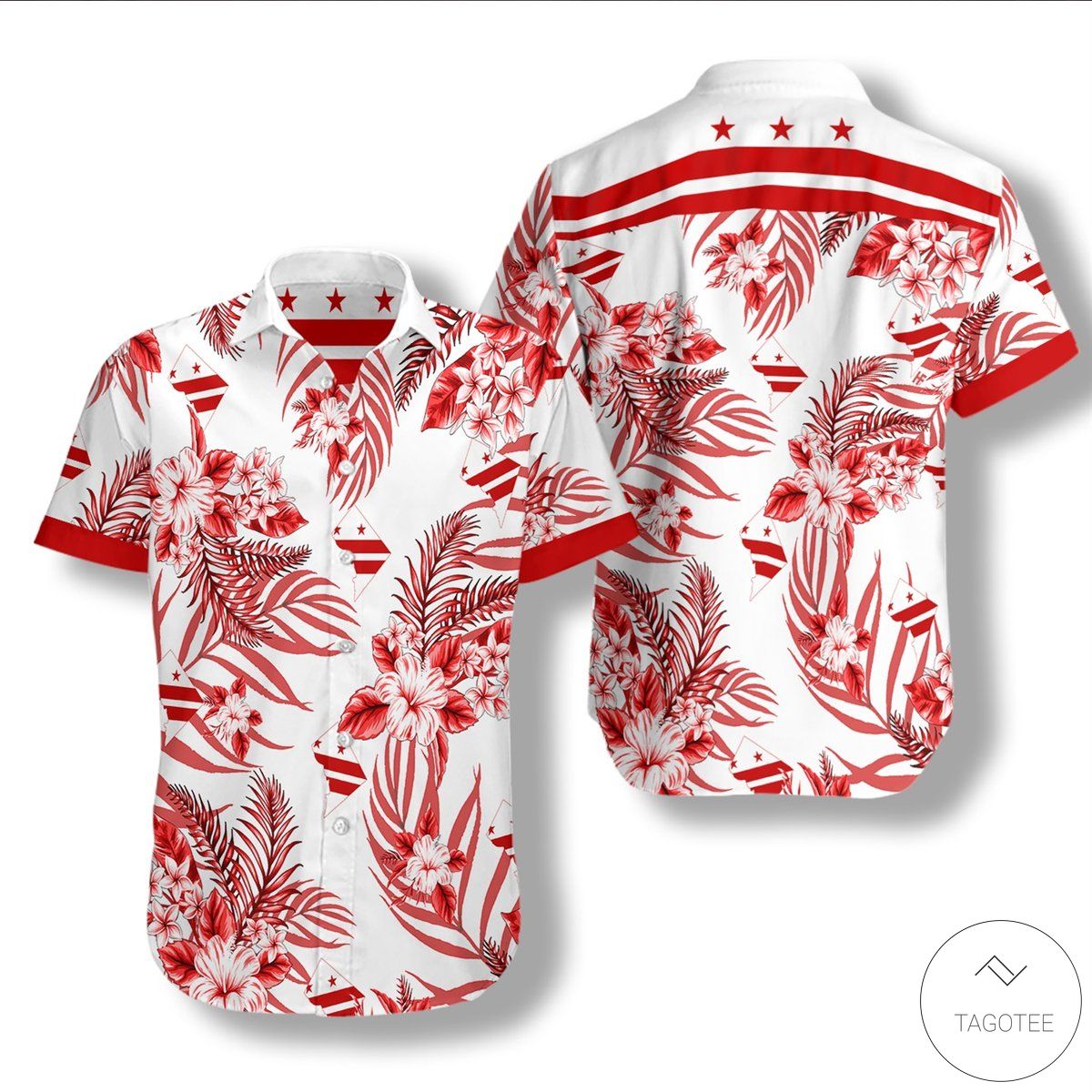Uncategorized
Washington D.C Proud Button Hawaiian Shirt

Buy this product here: Washington D.C Proud Button Hawaiian Shirt
Home page: TAGOTEE SHOP
Related Articles:
Washington D.C Proud Button Hawaiian Shirt
Once the shirt reached stores in the Lower 48, any day laborer could have for just a dollar what before had required an exorbitant trip. A man in an aloha shirt, with its depictions of hula dancers and luaus—“symbol[s] of the comfortable, gay and picturesque,” one journalist put it in 1939—could look the part of the carefree swell.
The notion that Hawaii was a quiet paradise was shattered in 1941 with the Japanese attack on Pearl Harbor, and makers of aloha shirts, like others in the garment industry, turned to supplying the war effort. When production resumed, Japanese-influenced designs that had been common—featuring cherry blossoms and shrines—temporarily fell out of fashion, supplanted by designs that highlighted Hawaii’s local culture. Service members returning to the mainland from the Pacific made the signature apparel more popular than ever.
By the 1960s, the shirt had become truly ubiquitous. Aloha Fridays were a fixture of a certain kind of workplace, and everyone—from Elvis to the decidedly unhip Richard Nixon—seemed to have an aloha shirt. Over time, perhaps inevitably, it lapsed into the realm of corny suburban-dad-wear.
Yet in just the past five years, fashion magazines have been heralding a comeback, and high-end labels like Gucci are taking the aloha shirt to new heights, with prints that draw on Japanese designs favored in the garment’s early days. Meanwhile, some shirtmakers from Hawaii’s old guard are still going strong. Kahala, founded in 1936 as one of the first brands producing aloha shirts, has been raiding its vaults to reproduce designs dating back to the 1930s—including some popularized by Duke Kahanamoku. “People are looking to bring some light, some color, some vibrancy into their lives,” says Jason Morgan, Kahala’s general manager. “I think that’s needed now more than ever. If an aloha shirt can help improve somebody’s day, I think that’s pretty powerful.”
Unbuttoning the history of the aloha shirt—Ted Scheinman and Teddy Brokaw
Visit our Social Network: TAGOTEE Pinterest, Twitter and Our blog Tagotee blogspot
Visit our collection here: Tagotee Shop


